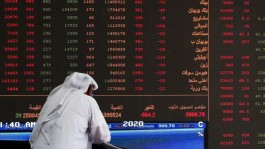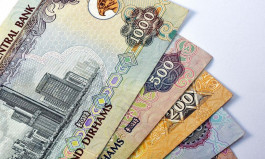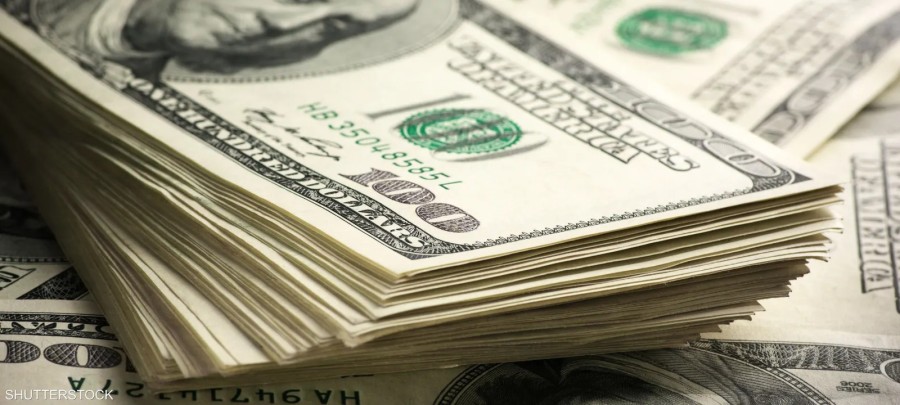Royal Bank of Canada issued a striking warning about the possibility of the US dollar experiencing a scenario similar to that following the dot-com bubble of 2000, when the dollar index plummeted by 40% over seven years. The bank indicated that the dollar currently faces a series of challenges, including high valuations of US stocks, which could see sharp corrections, shifting global trade patterns, and a growing interest in safe-haven assets away from the US dollar.
The Canadian bank's call comes after pessimistic forecasts from other banks such as Morgan Stanley and UBS, which predicted that the dollar index would fall by 10 percent from its current levels during the next year, with the continuation of the interest rate cut policy and the expected slowdown in the US economy.
In the same context, the dollar index has recorded a 9 percent decline since the beginning of the year, the largest drop in eight years, while investors suffered their biggest losses in 50 years during the first half of the year, turning to gold and cryptocurrencies as safe havens.
A relative decline that does not constitute a collapse
Investment advisor Mazen Salhab asserted that talk of a 40% collapse of the US dollar in the coming years, as some financial institutions suggest, is exaggerated and driven more by political than economic factors. Speaking on the program Business with Lubna, Salhab stated that the US dollar remains supported by the prestige of the United States and its ability to control the global economy since the abolition of the gold standard in 1973, along with its associated control over the global financial system.
He pointed out that a 9% decline in the dollar during 2025 might mitigate any further potential drop, but it wouldn't constitute a collapse. He added: Talk of a US dollar collapse is significant because it's not merely an economic issue, but primarily a political one. The dollar is tied to the United States' position and its ability to dictate the global financial order.









































